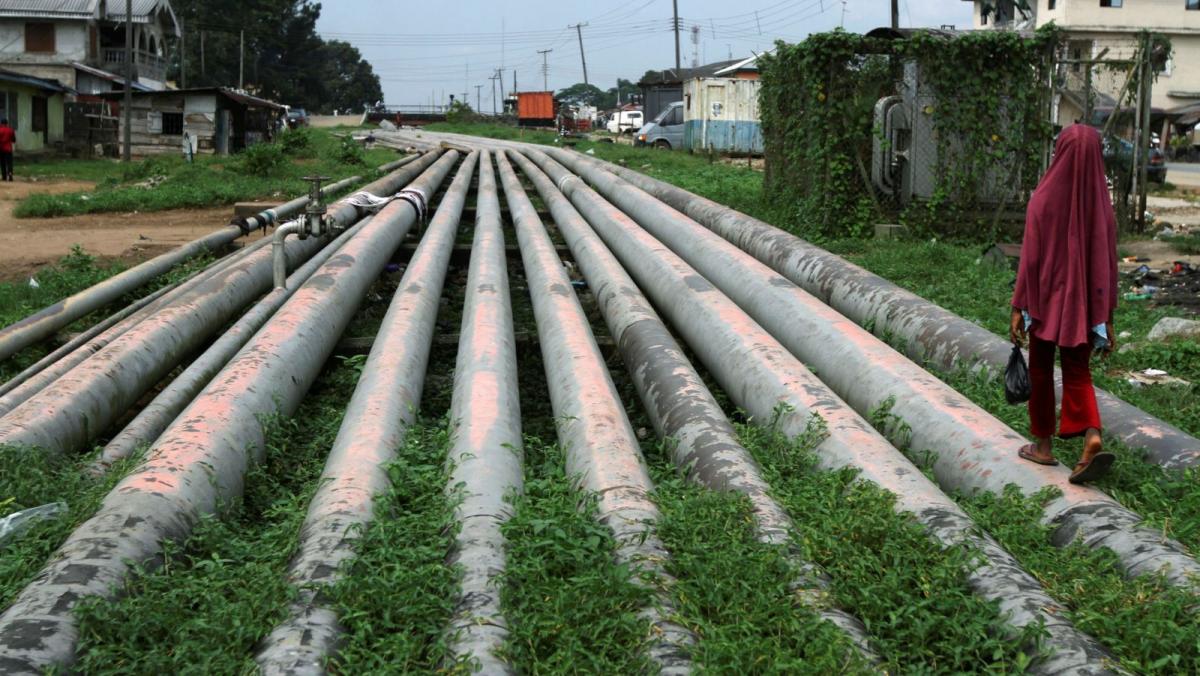There are no products in your shopping cart.
| 0 Items | £0.00 |

 NIGERIA'S crude oil production has risen to 1.797m barrels a day over the last month from the December figure of 1.579m barrels making it the Organisation of Petroleum Exporting Countries (Opec) members that enjoyed the highest rise in output.
NIGERIA'S crude oil production has risen to 1.797m barrels a day over the last month from the December figure of 1.579m barrels making it the Organisation of Petroleum Exporting Countries (Opec) members that enjoyed the highest rise in output.
According to Opec's latest Monthly Oil Market Report for January, Nigeria’s oil output is steadily rising as in December, it also rose from 1.739m barrels a day in November. However, this is still short of the 2.3m barrels a day which Nigeria's 2019 budget is predicated on but is above the new Opec quota of 1.68m barrels a day.
Kuwait’s output increased by 72,000 barrels to 2.803m barrels in December, while that of Venezuela rose by 47,000 barrels to 1.511m barrels a day. Angola, Africa’s second biggest producer after Nigeria, saw its production rise by 28,000 barrels to 1.445m barrels in December, while Iraq’s output increased by 10,000 barrels to 4.465m barrels a day.
Total Opec preliminary crude oil production averaged 31.58m barrels a day in December, a decrease of 751,000 over the previous month. Crude oil output decreased mostly in Saudi Arabia, Libya, Iran and the United Arab Emirates, according to the report.
In a related development, oil prices dropped by 3% yesterday amid signs of the spread of an economic slowdown in China, stoking concerns about global growth and fuel demand. International Brent crude futures were down $1.97, or 3.1% at $60.77 per barrel, while the United States West Texas Intermediate crude futures fell by $1.78 to $52.02 per barrel.
On Monday, China reported the lowest annual economic growth in nearly 30 years with output only rising by 6% compared with the usual average of 10% on and its state planner warned that falling factory orders pointed to a further drop in activity and more job losses. While China’s oil imports have so far defied the economic slowdown, hitting a record 10m barrels a day in late 2018, many analysts believe that the country has reached peak energy growth, with its thirst set to wane.
As a result of the Chinese slowdown, the International Monetary Fund has trimmed its 2019 global growth forecast slightly to 3.5% from 3.7%. Despite the darkening outlook, oil prices have gained some support from supply cuts by the Opec since the beginning of this month.